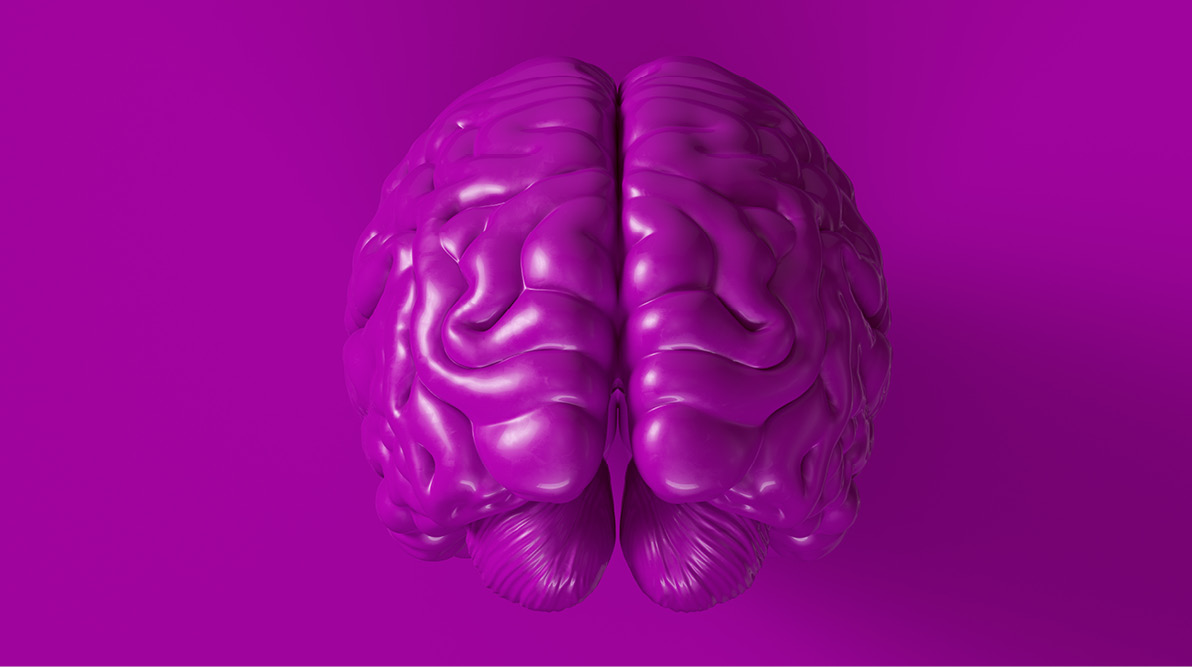4 Reasons An Art Gallery Can Improve Workplace Mental Health
When you think of art, what do you think of? Do you hear the soaring notes of Mozart in your head? Or see the enigmatic smile of Mona Lisa? Or perhaps it’s the majestic curves of the Sydney Opera House that come to mind. There are many types of art to appreciate, but when was the last time you visited an art gallery?
There are art galleries in nearly every corner of the world. Even small, out of the way towns and villages feature collections of unique and interesting art. When you travel for business, are you ever able to see the local sights, to sample the local fare and view the art of that region? It seems like such a shame that we often don’t take the time to explore the locale of those we have traveled to meet with or work with.
Your Brain Looking At Art Is A Beautiful Thing
The definition of an “art gallery” is much wider than you might imagine. It doesn’t have to be a special building that hold unimaginable and antique works of art, like the Louvre in Paris. A simple display in the countryside is still meaningful, and we can benefit from enjoying all types of imaginative art.
When we look at art, our brains seek to understand what we are looking at. We often feel joy and happiness when we look at something we think is beautiful, and these positive emotions are like ripples in a pond, and they affect other aspects of our lives.
One curious aspect of art is that it doesn’t have to be “happy” for us to enjoy it. A sculpture such as the “Angel of Grief” by William Wetmore Story evokes a strong sad emotion in most people, but the art itself is beautiful. Some art is even quite frightening, such as “The Face of War” by Salvador Dali. When we look upon such pieces, we may feel shock and distaste but we still understand the inherent value and beauty in the art.
Neuroaesthetics is an area of neuroscience focusing on how we create and process visual arts. When we look at works of art (such as in a gallery or museum), signals from our eyes are processed in the cerebral cortex. Brain impulses are sent to other parts of the mind responsible for learning, emotion and memory, and we make a decision about what we are seeing. Our previous experiences and feelings about art can help determine what we find enjoyable or beautiful.1
Our brains use several strategies to help figure out what we are looking at, including top-down and bottom-up processing. Bottom-up processing is what we have evolved to do. We assume certain things, such as an object that is larger is closer to us, or that an overhead light could be the sun. Top-down processing is when we add our imagination and personal experiences to what we see, allowing for our imaginations to create interpretations of art which vary from person to person.2
Art and love are the same thing: It’s the process of seeing yourself in things that are not you.
Chuck Klosterman
Creating Brain-Friendly Organisations With Art
Team-building exercises are often met with silent groans and even not-so-subtle eyerolls, especially if people think they are too childish or boring (even if they aren’t!). Instead of playing the usual games and activities in the office, consider creating a scavenger hunt which involves your local art galleries.
Some advantages include:
- Getting people to go outside. Bonus points if the locations are within walking distance to encourage people to spend some time outside. Some behind the scenes planning can ensure people take especially scenic or green routes.
- An appreciation for local art. Try to include local artists who live and produce art in the area. Supporting the arts goes a long way to ensuring the longevity of art.
- Improving workplace mental health. All work and no play makes everyone a grumpy mess. Allowing for a respite from the daily grind can help people reset their minds and enjoy a medium they may not be familiar with.
- Innovation. Team-building activities promote innovative and imaginative ideas and thoughts when art is involved. New ideas can come from almost anywhere, so why not see if art can inspire your employees?
Healthier Brains Result In More Effective Leadership
Being an effective leader is more than handling vast amounts of data on a spreadsheet. Your employees are your biggest asset, and by encouraging a love for (or at least exposure to) the arts, you are encouraging imagination. Art has a way of stimulating our brains and it forces us to incorporate our own experiences with something new, which can result in innovative ideas.
When leaders value mental health, their employees will be happier, more productive, and more innovative. To learn more about how to promote brain health in your workplace, check out the i4 Neuroleader Program. Change can only happen when people recognise how important a healthy brain is to our overall health and well-being.
Citations:
1. Conway BR, Rehding A. Neuroaesthetics and the trouble with beauty. PLoS Biol 2013; 11: e1001504.
2. Franz J. What happens in our brains when we look at art? Public Radio International, (accessed 25 June 2019).
- i4 Neuroleader (353)
- Leadership & Culture (336)
- Brain Health & Wellbeing (206)
- Innovation (97)
- Performance (85)
- Our News (79)
- Collaboration (68)
- Agility (53)
- Practitioner Stories (44)
- In The Press (36)
- Make Me A Leader (33)
- Balance (31)
- Integration (30)
- Imagination (29)
- Awareness (23)
- Brain-Friendly Channel (22)
- Brain-Friendly Leadership (22)
- Communication (22)
- Curiosity (21)
- Inspiration (19)
- Intuition (19)
- Attitude (17)
- Courage (16)
- Adaptability (14)
- Case Studies (14)
- Drive (14)
- Generosity (13)
- Ethics (9)
- Mental Readiness (9)
- Influence (8)
- Retreat (8)
- Brain-Friendly Leadership (1)
- Oracle Cards (1)
- 1 November 2025 (2)
- 1 September 2025 (3)
- 1 August 2025 (5)
- 1 July 2025 (5)
- 1 June 2025 (2)
- 1 April 2025 (1)
- 1 March 2025 (8)
- 1 February 2025 (3)
- 1 September 2024 (4)
- 1 July 2024 (2)
- 1 June 2024 (6)
- 1 May 2024 (2)
- 1 April 2024 (3)
- 1 March 2024 (1)
- 1 November 2023 (1)
- 1 August 2023 (1)
- 1 July 2023 (2)
- 1 June 2023 (2)
- 1 May 2023 (4)
- 1 April 2023 (2)
- 1 March 2023 (7)
- 1 February 2023 (4)
- 1 January 2023 (1)
- 1 September 2022 (1)
- 1 May 2022 (3)
- 1 April 2022 (1)
- 1 March 2022 (5)
- 1 February 2022 (4)
- 1 January 2022 (4)
- 1 December 2021 (2)
- 1 November 2021 (4)
- 1 October 2021 (3)
- 1 September 2021 (6)
- 1 August 2021 (1)
- 1 April 2021 (1)
- 1 December 2020 (2)
- 1 November 2020 (1)
- 1 September 2020 (1)
- 1 August 2020 (1)
- 1 July 2020 (3)
- 1 June 2020 (4)
- 1 May 2020 (3)
- 1 April 2020 (4)
- 1 March 2020 (6)
- 1 February 2020 (4)
- 1 January 2020 (2)
- 1 December 2019 (3)
- 1 November 2019 (3)
- 1 October 2019 (5)
- 1 September 2019 (4)
- 1 August 2019 (4)
- 1 July 2019 (4)
- 1 June 2019 (5)
- 1 May 2019 (9)
- 1 April 2019 (9)
- 1 March 2019 (8)
- 1 February 2019 (7)
- 1 January 2019 (8)
- 1 December 2018 (5)
- 1 November 2018 (10)
- 1 October 2018 (16)
- 1 September 2018 (9)
- 1 August 2018 (10)
- 1 July 2018 (9)
- 1 June 2018 (8)
- 1 May 2018 (9)
- 1 April 2018 (9)
- 1 March 2018 (9)
- 1 February 2018 (8)
- 1 January 2018 (8)
- 1 December 2017 (6)
- 1 November 2017 (9)
- 1 October 2017 (9)
- 1 September 2017 (8)
- 1 August 2017 (10)
- 1 July 2017 (8)
- 1 June 2017 (8)
- 1 May 2017 (9)
- 1 April 2017 (8)
- 1 March 2017 (6)
- 1 January 2017 (3)
- 1 December 2016 (4)
- 1 November 2016 (5)
- 1 October 2016 (4)
- 1 September 2016 (2)
- 1 August 2016 (4)
- 1 July 2016 (4)
- 1 June 2016 (2)
- 1 May 2016 (3)
- 1 April 2016 (3)
- 1 March 2016 (7)
- 1 February 2016 (2)
- 1 January 2016 (5)
- 1 December 2015 (2)
- 1 November 2015 (2)
- 1 October 2015 (4)
- 1 September 2015 (2)
- 1 August 2015 (2)
- 1 July 2015 (1)
- 1 June 2015 (3)
- 1 May 2015 (4)
- 1 April 2015 (5)
- 1 March 2015 (3)
- 1 February 2015 (3)
- 1 January 2015 (3)
- 1 December 2014 (3)
- 1 November 2014 (3)
- 1 October 2014 (3)
- 1 September 2014 (5)
- 1 August 2014 (4)
- 1 July 2014 (5)
- 1 June 2014 (3)
- 1 May 2014 (1)
- 1 March 2014 (1)
- 1 December 2013 (2)
- 1 November 2013 (1)
- 1 July 2013 (1)
- 1 June 2013 (1)
- 1 May 2013 (3)
- 1 April 2013 (1)
- 1 March 2013 (2)
- 1 February 2013 (1)
- 1 January 2013 (2)
- 1 November 2012 (1)
- 1 October 2012 (1)
- 1 September 2012 (1)
- 1 August 2012 (2)
- 1 July 2012 (1)
- 1 June 2012 (1)
- 1 May 2012 (2)
- 1 April 2012 (1)
- 1 February 2012 (1)
- 1 January 2012 (1)
- 1 November 2011 (1)
- 1 October 2011 (3)
- 1 September 2011 (2)
- 1 July 2011 (1)
- 1 June 2011 (1)
- 1 May 2011 (1)
- 1 April 2011 (1)
- 1 March 2011 (1)
- 1 February 2011 (2)
- 1 January 2011 (4)
- 1 December 2010 (4)
- 1 November 2010 (3)
- 1 October 2010 (5)
- 1 September 2010 (4)
- 1 August 2010 (4)
- 1 July 2010 (3)
- 1 June 2010 (4)
- 1 May 2010 (7)
- 1 April 2010 (5)
Subscribe by email
You May Also Like
These Related Stories

Eureka Moments

The Neurobiology of Imagination - Becoming an Innovative Leader



No Comments Yet
Let us know what you think